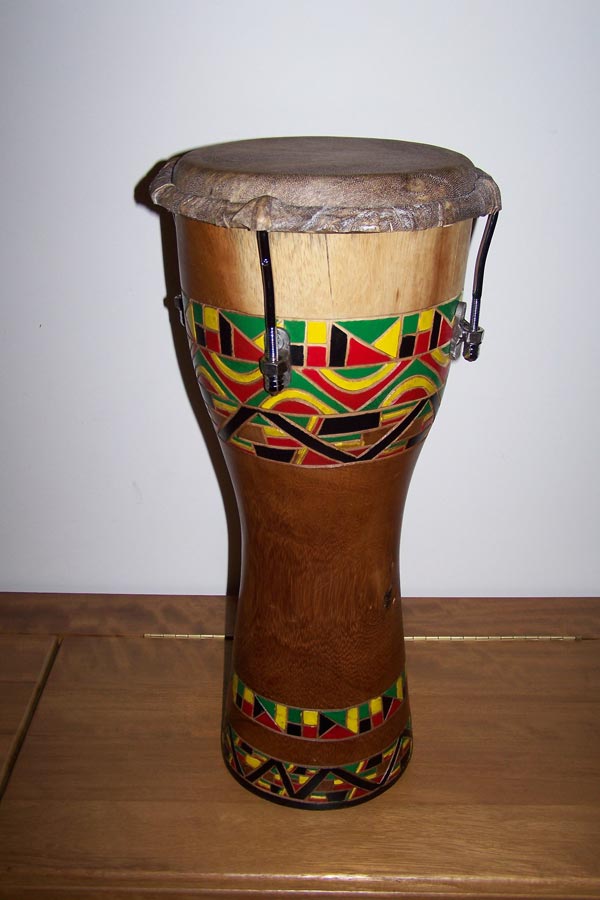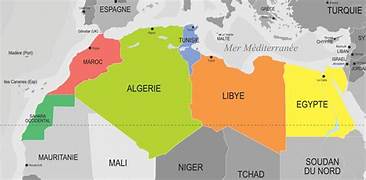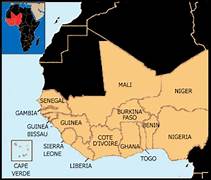SENEGAL
|
DAKAR THE CAPITAL The political and economic capital of Senegal since the country's independence in 1960, Dakar (Dacar or Dahar, which means "tamarind tree" in Wolof) was founded in 1857 by French settlers under the command of General Louis Faidherbe on the site of a Lebou and Wolof fishing village. Dakar quickly established itself as a major stopover for European ships bound for South America, and then for airmail planes. The nautical depths of its harbor, its natural port, and the many available plots of land easily dethroned the cramped and overpopulated Gorée Island, located a stone's throw away, and the former departure point for the Dutch and then French slave trade to the Antilles until the abolition of slavery (in 1848). Dakar's rise was further accelerated when the city replaced Saint-Louis as the capital of French West Africa (FWA) in 1902. |
Music and dance have always punctuated the daily lives of Senegalese people, with great diversity depending on the region and ethnicity. They are performed at family ceremonies (marriages, baptisms, funerals, etc.), at entertainment and nighttime leisure activities, and during major initiation festivals. From this mosaic of rhythms, mbalax has established itself throughout the territory and resonates beyond its borders as a synonym for Senegalese music. This type of percussive music belonging to the Wolof ethnic group is orchestrated around the sabar (name of both the instrument, its dance and its music). But it also shares the stage with other traditional styles such as the yela of the Toucouleurs, the bugarabu of the Joola, the jambadong of the Mandingos, the nguel in Serer country…
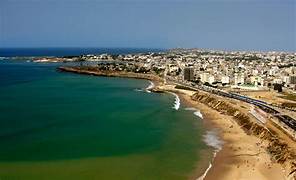
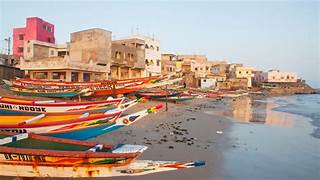
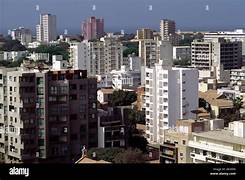

CULINARY
- The djembe
- The nguel
- The tama
- The bugarabu
- The riiti
- The bombolong
- The jambadong
- The seoruba
- The djung-djung
- The balafon
- The Yéla
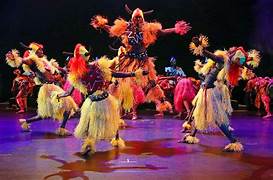
- Traditional musical instruments and dances of Senegal
TRADITIONAL MUSICAL INSTRUMENTS
href="#">The sabar